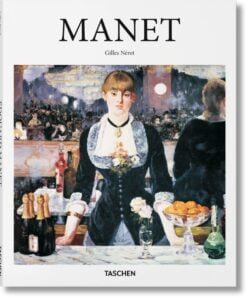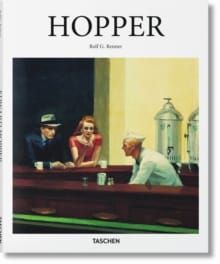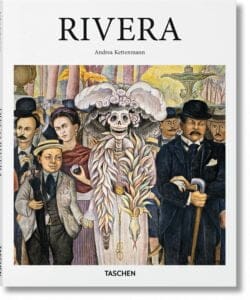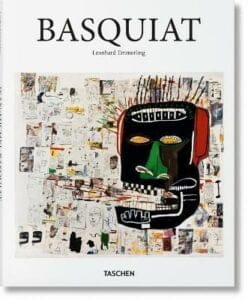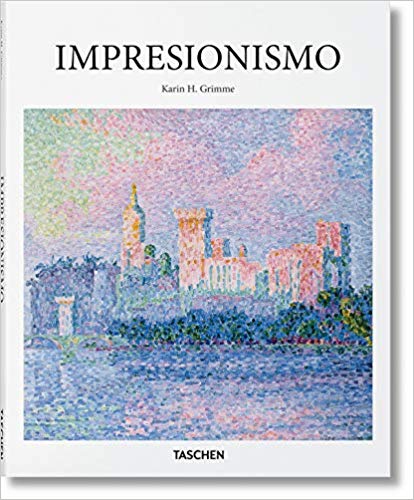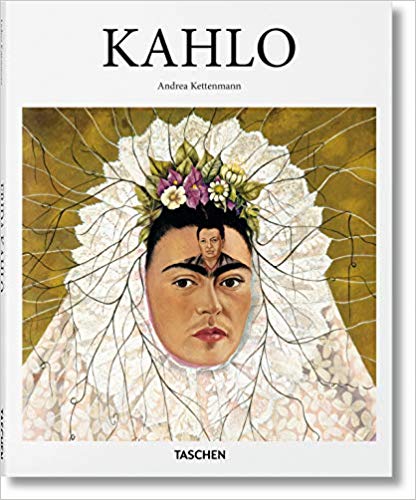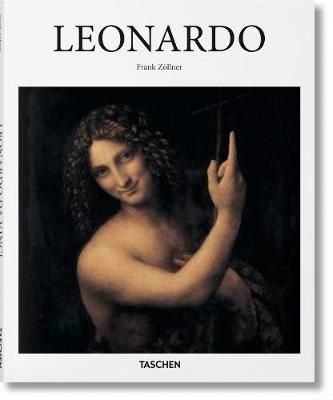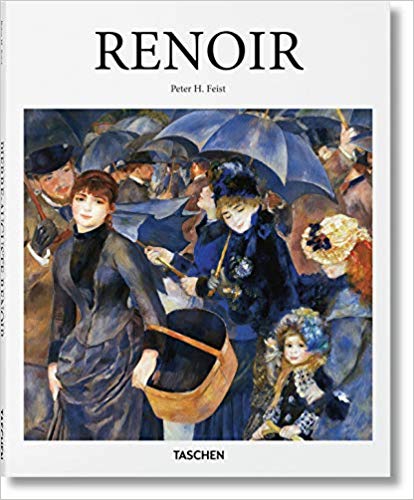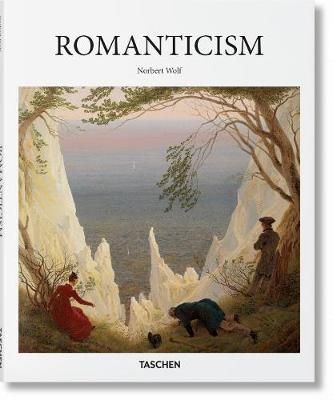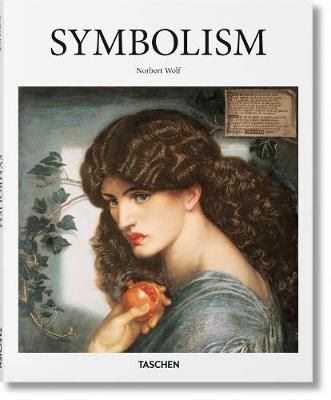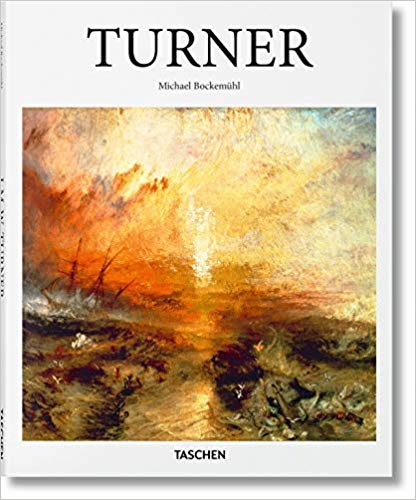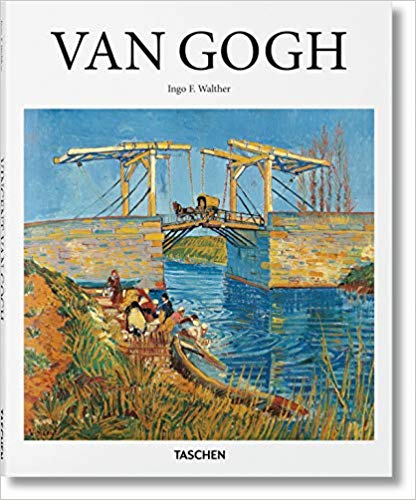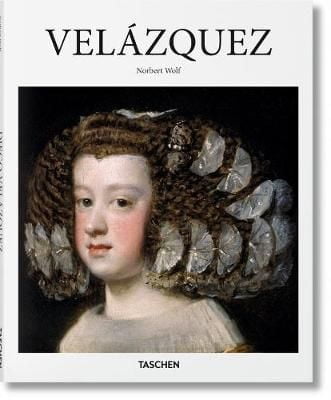-

R250For Marc Chagall (1887-1985), painting was an intricate tapestry of dreams, tales, and traditions. His instantly recognizable visual language carved out a unique early 20th-century niche, often identified as one of the earliest expressions of psychic experience.
-
 Out of stock
Out of stock
R250This richly illustrated book introduces Manet’s work and his uniquely influential combination of Realism, Impressionism, and reworked Old Masters that would become paradigms of a brave new world for generations of modernists to come.
-

R250The scenes are marked by vivid color juxtapositions and stark, theatrical lighting, as well as by harshly contoured figures, who appear at once part of, and alien to, their surroundings. The ambiance throughout his repertoire is of an eerie disquiet, alienation, loneliness and psychological tension, although his rural or coastal scenes can offer a counterpoint of tranquility or optimism. This book presents key works from Hopper’s oeuvre to introduce a key player not only in American art history but also in the American psyche.
-

R250Fusing European influences such as Cubism with a socialist ideology and an exaltation of Mexico’s indigenous and popular heritage, he created a new iconography for art history and for his country. He became one of the most important figures in the Mexican mural movement and won international acclaim for his public wall paintings, in which he presented a utopian yet accessible vision of a post-revolutionary Mexico.
-

R250An icon of 1980s New York, Jean-Michel Basquiat (1960–1988) first made his name under the graffiti tag “SAMO,” before establishing his studio practice and catapulting to fast fame at the age of 20. Although his career lasted barely a decade, he remains a cult figure of artistic social commentary, and a trailblazer in the mediation of graffiti and gallery art.
-

R250In this TASCHEN Basic Art introduction to Impressionism, we explore the artists, subjects, and techniques that first brought the easel out of the studio and shifted artistic attention from history, religion, or portraiture to the evanescent ebb and flow of modern life.
-

R250The arresting pictures of Frida Kahlo (1907–54) were in many ways expressions of trauma. Through a near-fatal road accident at the age of 18, failing health, a turbulent marriage, miscarriage and childlessness, she transformed the afflictions into revolutionary art.
-

R250In his painting, Leonardo steered art out of the Middle Ages with works such as The Last Supper and the world-famous La Gioconda or Mona Lisa depicting not only physical appearances, but a compelling psychological intrigue and depth which continues to draw crowds of mesmerized visitors to masterpieces in Paris, Milan, Washington, London, and Rome. This book brings together some of Leonardo’s most outstanding work to introduce a figure of infinite curiosity, feverish imagination, and sublime artistic ability, often described as having “not enough worlds for to conquer, and not enough lives for to live” (Alan Woods).
-

R250One of the leading lights of the Impressionist movement, Pierre-Auguste Renoir (1841–1919) remains a towering figure in art history with enduring public appeal. Sun-kissed, charming, and sensual, his work shows painting at its most lighthearted and luminous, while championing the plein air and color innovations of his time.
-

R250Around 1800, philosophers, writers, and artists revolted against rationalism, spreading a new “romantic” vision—one that believed in the goodness of humanity, the divine spirit of nature, and that saw the artist as an individual creator. This comprehensive introduction gathers an essay situating the genre across different regions, crisp reproductions, and detailed interpretations of 31 crucial pieces. For more information…
-

R250Whether fear, anguish, or unrequited desire, Symbolist painters believed that art should reflect an emotion or idea rather than a realistic representation of the natural world. This book brings together some of the most important images from their mysterious, spiritual, and seductive visual language. For more information click here
-

R250In the work of Joseph Mallord William Turner (1775–1851) lies an impact akin to a sudden acquisition of sight. His landscapes and seascapes scorch the eye with such ravishing light and color, with such elemental force, it is as if the sun itself were gleaming out of the frame.
-

R250Today, the works of Vincent van Gogh (1853–1890) are among the most well known and celebrated in the world. In Sunflowers, The Starry Night, Self-Portrait with Bandaged Ear, and many paintings and drawings beyond, we recognize an artist uniquely dexterous in the portrayal of mood and place through paint, pencil, charcoal, or chalk.
-

R250Meet Diego Rodríguez de Silva y Velázquez, the leading light of the Spanish Golden Age and a giant of Western art history. From humble genre scenes to the ever-mysterious Las Meninas, this introductory book charts the compositional expertise, natural figuration, and masterful handling of tone that secured Velázquez’s place as “the greatest painter of all.” For more information click here


